Japan’s major cities offer just about everything, but did you know that includes great nature trails? From forests and waterfalls to ancient temples and shrines, many of Japan’s best hiking trails are literally just a step off the bullet train. If you have a Japan Rail Pass, you’ll find it even harder to resist these hikes near Tokyo, Kyoto, Osaka, Kobe, Hiroshima and Fukuoka. Got a day–or even a half-day–to spare? You can still get your hike in!
These hiking routes make it convenient to explore Japan’s natural surroundings. No long drives to get out to the countryside, no great changes in altitude, and there’s always a good view waiting at the top. The trails are sign-posted, well-maintained, and many pass through historic districts and are tailored for sight-seeing by foot. You’ll find eating establishments, public toilets, lockers and even hot springs along the way on some of them. In short, Japan is a day-hikers dream! And if you like to run, these hiking courses make great running trails too.
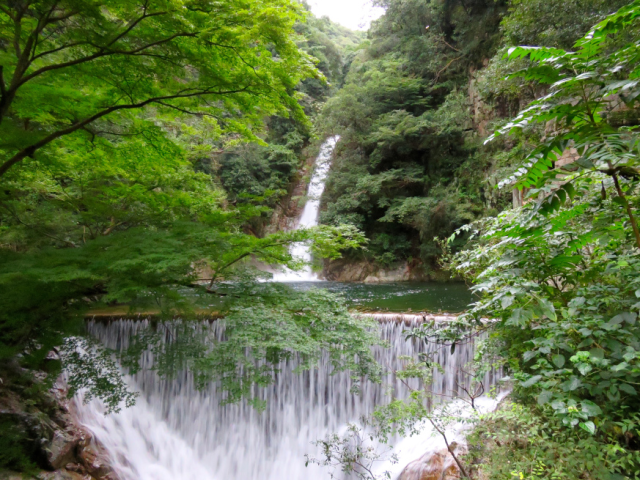
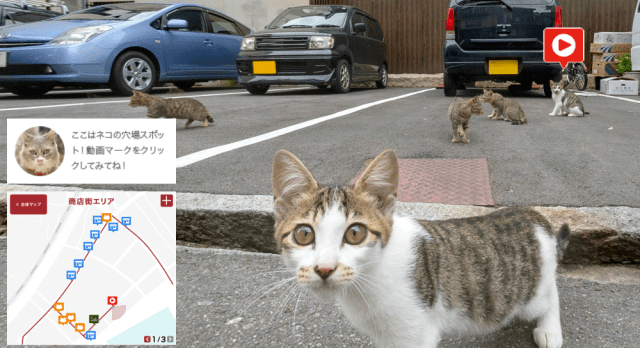
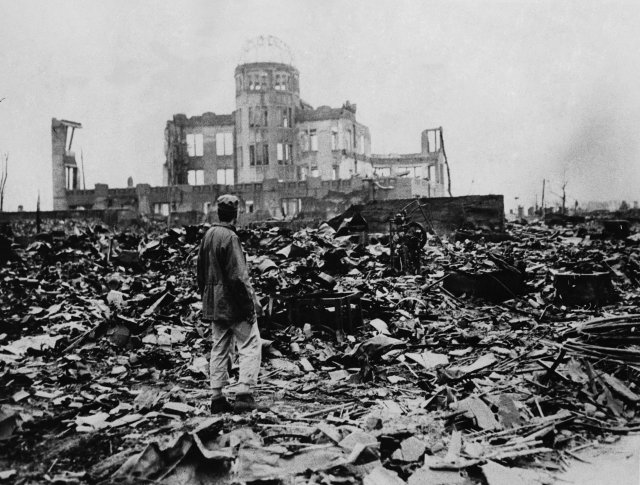
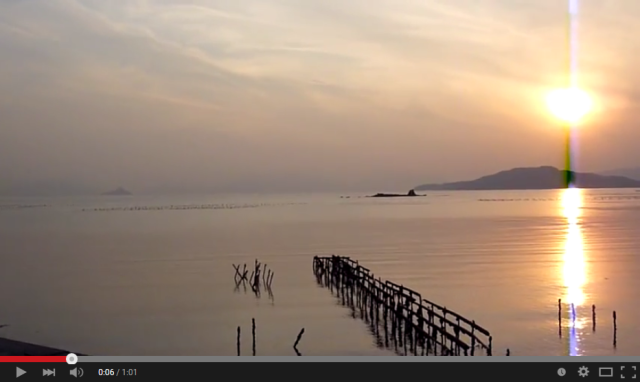
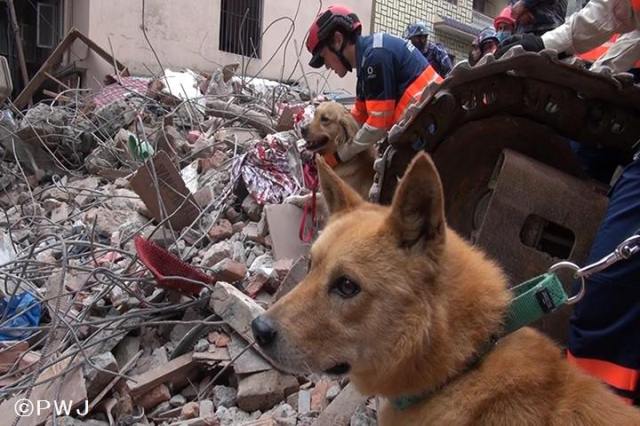

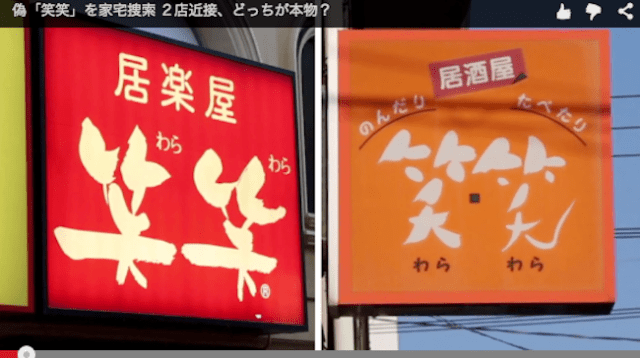
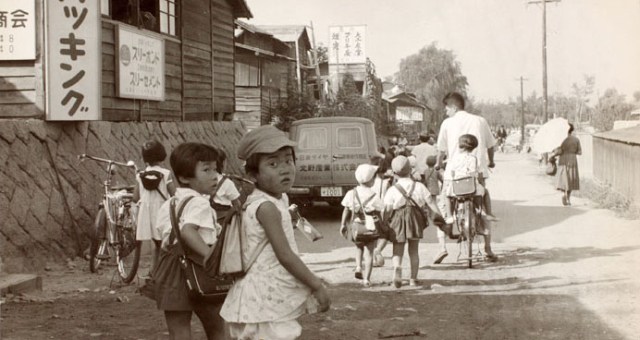
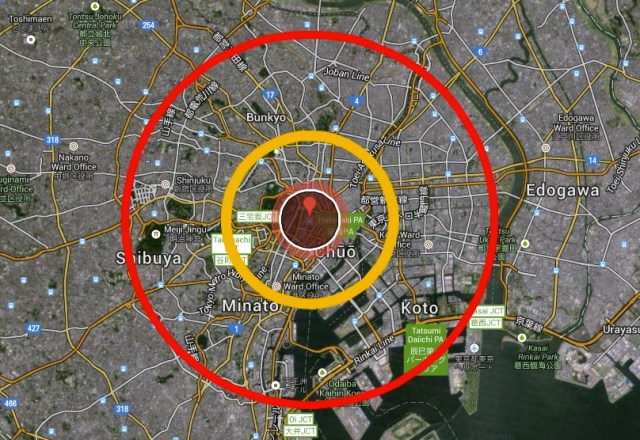
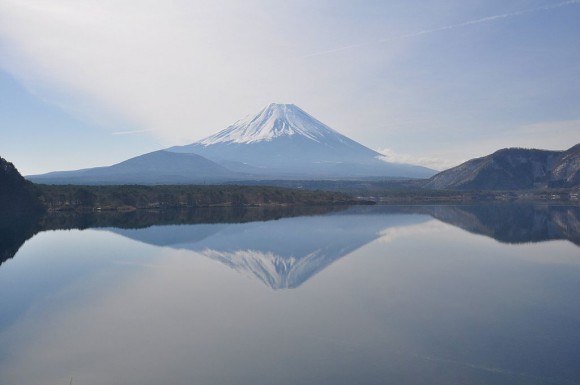
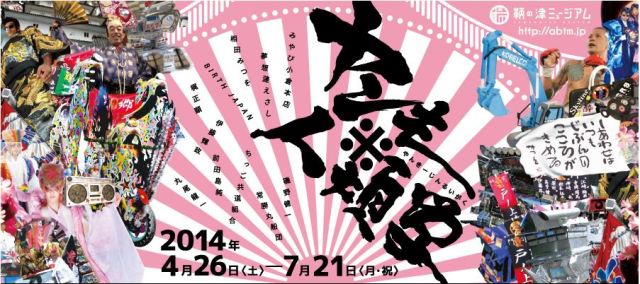
 Tokyo’s Tsukiji sushi neighborhood asks tour groups to stay away for the rest of the month
Tokyo’s Tsukiji sushi neighborhood asks tour groups to stay away for the rest of the month Starbucks teams up with 166-year-old Kyoto doll maker for Year of the Horse decorations【Photos】
Starbucks teams up with 166-year-old Kyoto doll maker for Year of the Horse decorations【Photos】 Japanese avoiding domestic travel as foreign tourists increase, possibly creating vicious cycle
Japanese avoiding domestic travel as foreign tourists increase, possibly creating vicious cycle 7-Eleven Japan starts new temporary luggage storage service in over 300 branches
7-Eleven Japan starts new temporary luggage storage service in over 300 branches Street Fighter Hadouken Churros to be launched and eaten in Tokyo, Okami pudding on offer too
Street Fighter Hadouken Churros to be launched and eaten in Tokyo, Okami pudding on offer too Japan’s last two pandas leaving for China next month, Ueno Zoo announces final day for twins
Japan’s last two pandas leaving for China next month, Ueno Zoo announces final day for twins We tried out three types of men’s boxer briefs from Daiso, and one of them left us speechless
We tried out three types of men’s boxer briefs from Daiso, and one of them left us speechless Japan’s human washing machines will go on sale to general public, demos to be held in Tokyo
Japan’s human washing machines will go on sale to general public, demos to be held in Tokyo Japanese woman mistaken for bear
Japanese woman mistaken for bear We get our paws on all 50 Hello Kitty Happy Meal toys at McDonald’s Japan!
We get our paws on all 50 Hello Kitty Happy Meal toys at McDonald’s Japan! More Shinkansen trains being added to Japan’s “golden route” to meet traveler demand
More Shinkansen trains being added to Japan’s “golden route” to meet traveler demand Japanese man who didn’t know how banks work defrauded out of 21 million yen
Japanese man who didn’t know how banks work defrauded out of 21 million yen This hot springs town in Japan sets fire across a mountain every winter in a beautiful tradition
This hot springs town in Japan sets fire across a mountain every winter in a beautiful tradition Tokyo considering law requiring more trash cans following litter increase in heavily touristed area
Tokyo considering law requiring more trash cans following litter increase in heavily touristed area Gundam and Reebok team up for new GQuuuuuuX Pumps【Photos】
Gundam and Reebok team up for new GQuuuuuuX Pumps【Photos】 Return of Totoro sequel short anime announced for Ghibli Park
Return of Totoro sequel short anime announced for Ghibli Park Starbucks Japan unveils new Christmas goods and a rhinestone tumbler that costs 19,500 yen
Starbucks Japan unveils new Christmas goods and a rhinestone tumbler that costs 19,500 yen Real-world Nausicaa Ghibli anime glider completes its final flight in Japan【Video】
Real-world Nausicaa Ghibli anime glider completes its final flight in Japan【Video】 Japanese train company is letting fans buy its actual ticket gates for their homes
Japanese train company is letting fans buy its actual ticket gates for their homes Is China’s don’t-go-to-Japan warning affecting tourist crowds in Tokyo’s Asakusa neighborhood?
Is China’s don’t-go-to-Japan warning affecting tourist crowds in Tokyo’s Asakusa neighborhood? The 10 best day trips from downtown Tokyo【Survey】
The 10 best day trips from downtown Tokyo【Survey】 Nintendo’s Kirby now delivering orders at Kura Sushi restaurants, but not in Japan
Nintendo’s Kirby now delivering orders at Kura Sushi restaurants, but not in Japan Tokyo event lets you travel back in time, for free, to celebrate 100 years since Showa era start
Tokyo event lets you travel back in time, for free, to celebrate 100 years since Showa era start A guide to visiting Sagamiko Illumination, one of the three biggest light-ups in Kanto
A guide to visiting Sagamiko Illumination, one of the three biggest light-ups in Kanto Survey asks foreign tourists what bothered them in Japan, more than half gave same answer
Survey asks foreign tourists what bothered them in Japan, more than half gave same answer Japan’s deadliest food claims more victims, but why do people keep eating it for New Year’s?
Japan’s deadliest food claims more victims, but why do people keep eating it for New Year’s? We deeply regret going into this tunnel on our walk in the mountains of Japan
We deeply regret going into this tunnel on our walk in the mountains of Japan Studio Ghibli releases Kodama forest spirits from Princess Mononoke to light up your home
Studio Ghibli releases Kodama forest spirits from Princess Mononoke to light up your home Major Japanese hotel chain says reservations via overseas booking sites may not be valid
Major Japanese hotel chain says reservations via overseas booking sites may not be valid Put sesame oil in your coffee? Japanese maker says it’s the best way to start your day【Taste test】
Put sesame oil in your coffee? Japanese maker says it’s the best way to start your day【Taste test】 The top 10 annoying foreign tourist behaviors on trains, as chosen by Japanese people【Survey】
The top 10 annoying foreign tourist behaviors on trains, as chosen by Japanese people【Survey】 No more using real katana for tourism activities, Japan’s National Police Agency says
No more using real katana for tourism activities, Japan’s National Police Agency says Starbucks Japan reveals new sakura drinkware collection, inspired by evening cherry blossoms
Starbucks Japan reveals new sakura drinkware collection, inspired by evening cherry blossoms Japan’s last two pandas leaving for China next month, Ueno Zoo announces final day for twins
Japan’s last two pandas leaving for China next month, Ueno Zoo announces final day for twins We tried out three types of men’s boxer briefs from Daiso, and one of them left us speechless
We tried out three types of men’s boxer briefs from Daiso, and one of them left us speechless Japan’s human washing machines will go on sale to general public, demos to be held in Tokyo
Japan’s human washing machines will go on sale to general public, demos to be held in Tokyo Japanese woman mistaken for bear
Japanese woman mistaken for bear We get our paws on all 50 Hello Kitty Happy Meal toys at McDonald’s Japan!
We get our paws on all 50 Hello Kitty Happy Meal toys at McDonald’s Japan! We visit the “vending machine that makes wishes come true”
We visit the “vending machine that makes wishes come true” How to speak Japanese like a gyaru【2024 edition】
How to speak Japanese like a gyaru【2024 edition】 Japan’s top 10 food travel destination prefectures【Survey】
Japan’s top 10 food travel destination prefectures【Survey】 Three reasons why it’s okay to be a girly girl in Japan
Three reasons why it’s okay to be a girly girl in Japan Melon bread showdown! Which Japanese convenience store melon pan is the one for you?【Taste test】
Melon bread showdown! Which Japanese convenience store melon pan is the one for you?【Taste test】